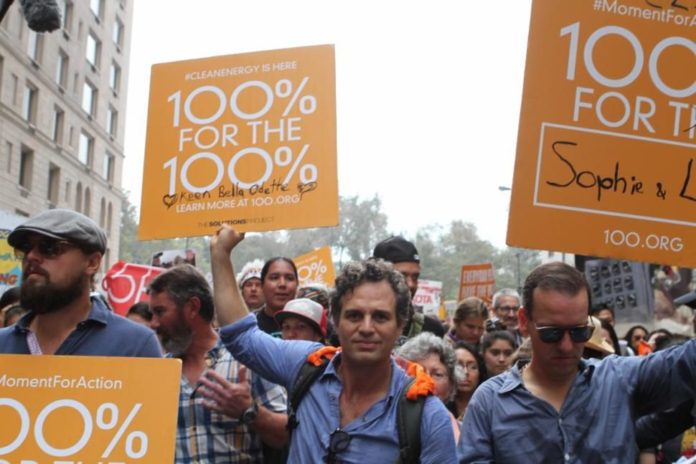Welcome to “Fridays with Scott” segment of the Climate Change program.
In this multi-part series on clean, renewable energy, I will layout the demand for renewables, investment appetite for clean energy, economic forces to switch to renewables, a high-level framework for large-scale energy production and advancement in technologies that will help increase energy output while decreasing costs.
In our home, when it comes to meal planning, our kids are our customers. They tell us what they want. They ask for artificial candy and cookies so we give them raw, organic vegetables and fruits. Actually, we’re nice, when they ask us for highly processed foods, we give them salad. My poor son, when he was little, he onced asked mommy for some yummy snacks and my wife responded, “You can have an apple or an apple.” You should have seen him; he was about to cry.
Sometimes what we want and what we should get are very different. For many people, they want to drive large-capacity SUVs yet they feel bad knowing that they should reduce their carbon footprint.
The way to resolve this dilemma is by addressing the source of the energy. It doesn’t matter if you drive an electric vehicle if you are drawing electricity from the grid powered by coal or natural gas. Clean, renewable energy at the source gives us the freedom to choose what we drive or use on a daily basis without worrying about the impact to the environment. Clean energy means that we can have an SUV, an all-electric SUV like the one from Rivian, an electric truck and SUV startup, and know that we can get what we want and still feel good about our decision.
And consumers are getting this point. They are demanding clean energy. According to Xcel Energy, one of the biggest utilities in the U.S., their customers, in particularly in cities, are demanding cleaner energy. And they are choosing to listen to their Colorado customers. Residents in Boulder, Denver, Breckenridge, and Pueblo have already decided that they want to pursue 100 percent renewables.
Xcel Energy has committed to going completely carbon-free by 2050. This does, however, include advanced nuclear power plants and fossil fuel power plants with carbon capture and sequestration. They plan to retire 50 percent of its coal-powered plants by 2026, replacing it with a combination of renewables, energy efficiency and natural gas.
The next milestone goal is to reduce carbon emissions by 80 percent by 2030. It’s part of the company’s $2.5 billion plan to procure up to 1,100 MW of wind, 700 MW of large-scale solar and 275 MW of large-scale storage to be paired with solar.
They expect transition to renewables will provide over $200 million worth of savings for customers, while reducing carbon emissions nearly 80 percent and increasing renewable energy sources to 55 percent.
Regulated monopoly utilities such as Xcel do not make money on the power they sell or the fuel they buy. They make money by drawing a rate of return on investments in power infrastructure. These rate-based investments are the utility’s bread and butter.
The shift to renewables is good for utilities. When they shift from existing fossil fuel plants to new renewable energy, they move from coal and natural gas plants, which they make no money on, to investments in new renewable energy power plants, new batteries to store power and electric car chargers and new transmission lines, much of which they can rate-base.
Economically speaking, Xcel stands to profit handsomely, and benefit politically, by giving customers what they want — clean energy.
Stay tuned next Friday as I discuss demand for renewable energy from industries and the EU.


















